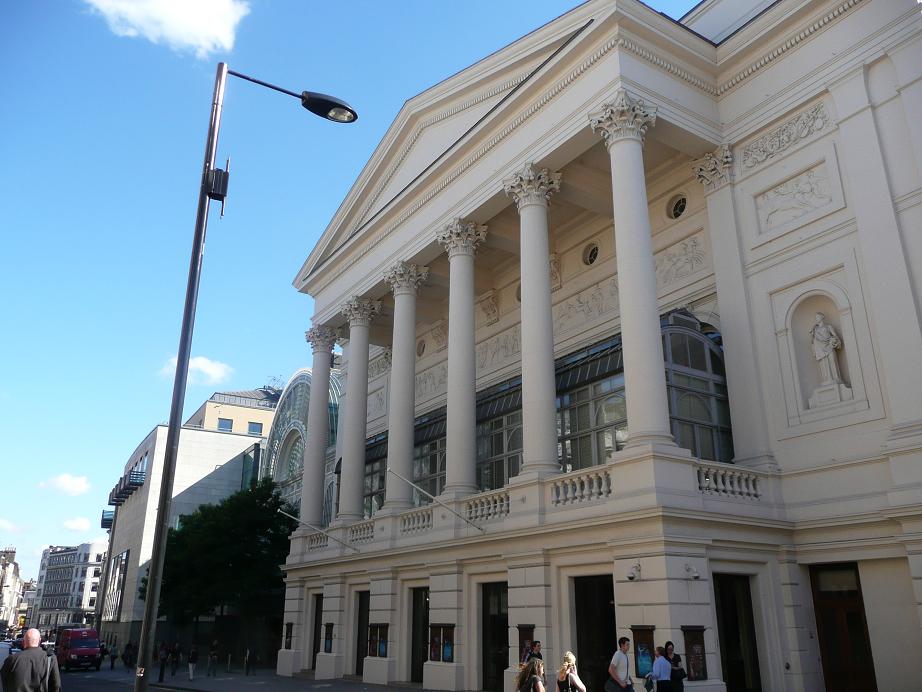Communication
Talks

Exhibits

Demos

Workshops
2021 – Vox et Manus, the Touch of the Voice
There is a secret love affair that has been happening your entire life that you might not know about: the love affair between your voice and your hands. (video available soon)
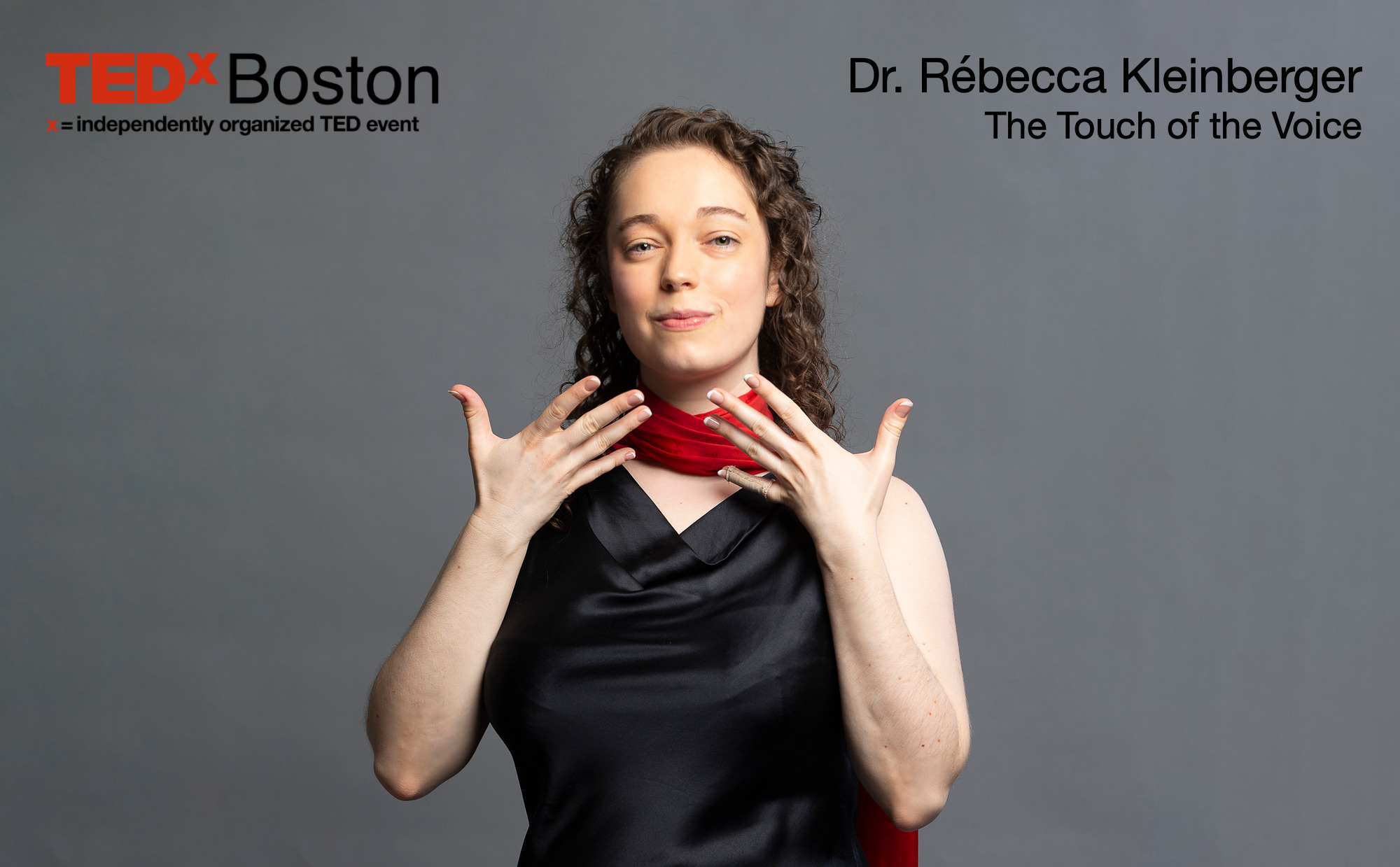
Invited Special Guest – NPR Utah, Radio West
2021 – 20 years anniversary show of Radio West, NPR Utah
Happy 20th anniversary, RadioWest! In celebration of two decades on-air, RadioWest and KUER are hosting a live audience for a night of conversation between Doug Fabrizio and MIT voice expert Rébecca Kleinberger. Kleinberger’s work focuses on our relationships with our voice and the voices of others — which, her work shows, can help us reduce biases, become better listeners and gain a stronger understanding of ourselves.
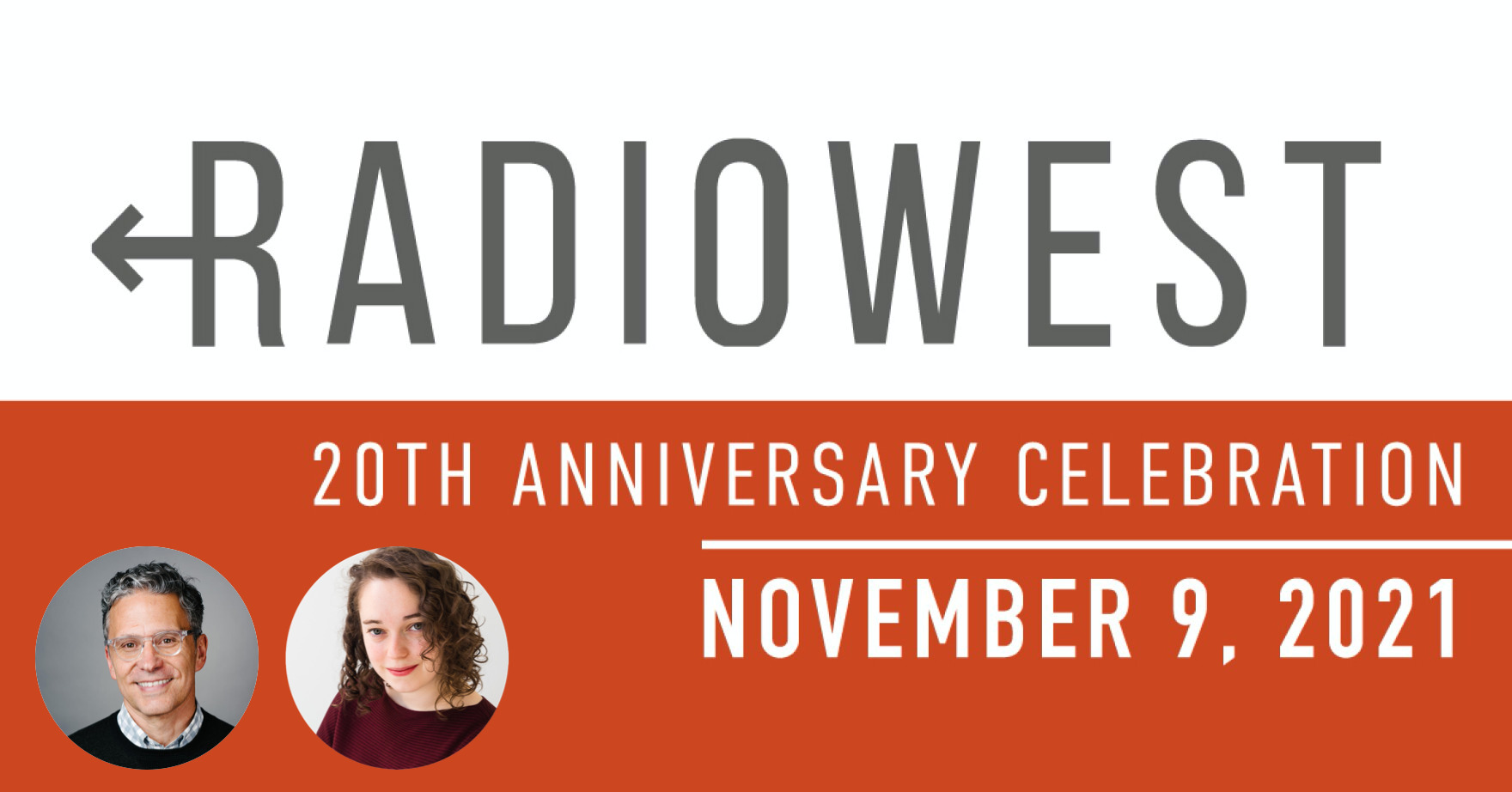
Invited Speaker, Honors Program, University of Utah
2021 – Composing a Community
Student-centered, community-cultivating course, to engage and critically assess music as a socially-reflective art. Music is our vehicle for a journey into multiple dimensions of human behavior, with side-trips through rhetoric, political theory, sociology, narrative, improvisation, ideology and identity.
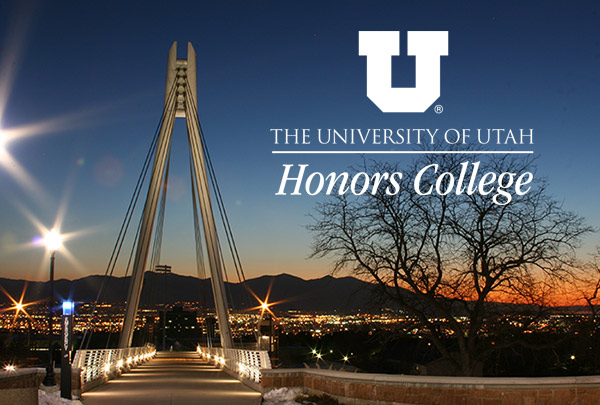
Podcast Interview for The Mind Behind It
2021 – Rébecca Kleinberger: What does your voice say about you? (by Huda Cadekiwala and Sahil Saluja)
Sahil and Huda sit down virtually with Rébecca Kleinberger, who received her PhD from the MIT Media Lab where she is currently doing postdoctoral research. Rébecca creatively mixes science, engineering, design, and art to explore ways to craft experiences for vocal connection. In this episode, Rebecca differentiates between inner voice and inward voice, breaks down the mechanics that create voice, and how the brain perceives external and internal voices. She discusses the importance of making a connection over understanding someone, how to empathize and actively listen and why Marilyn Monroe had that famous whispery voice. Finally, she highlights the importance of understanding intent when it comes to AI and future voice technology and how that could aid efficient communication.
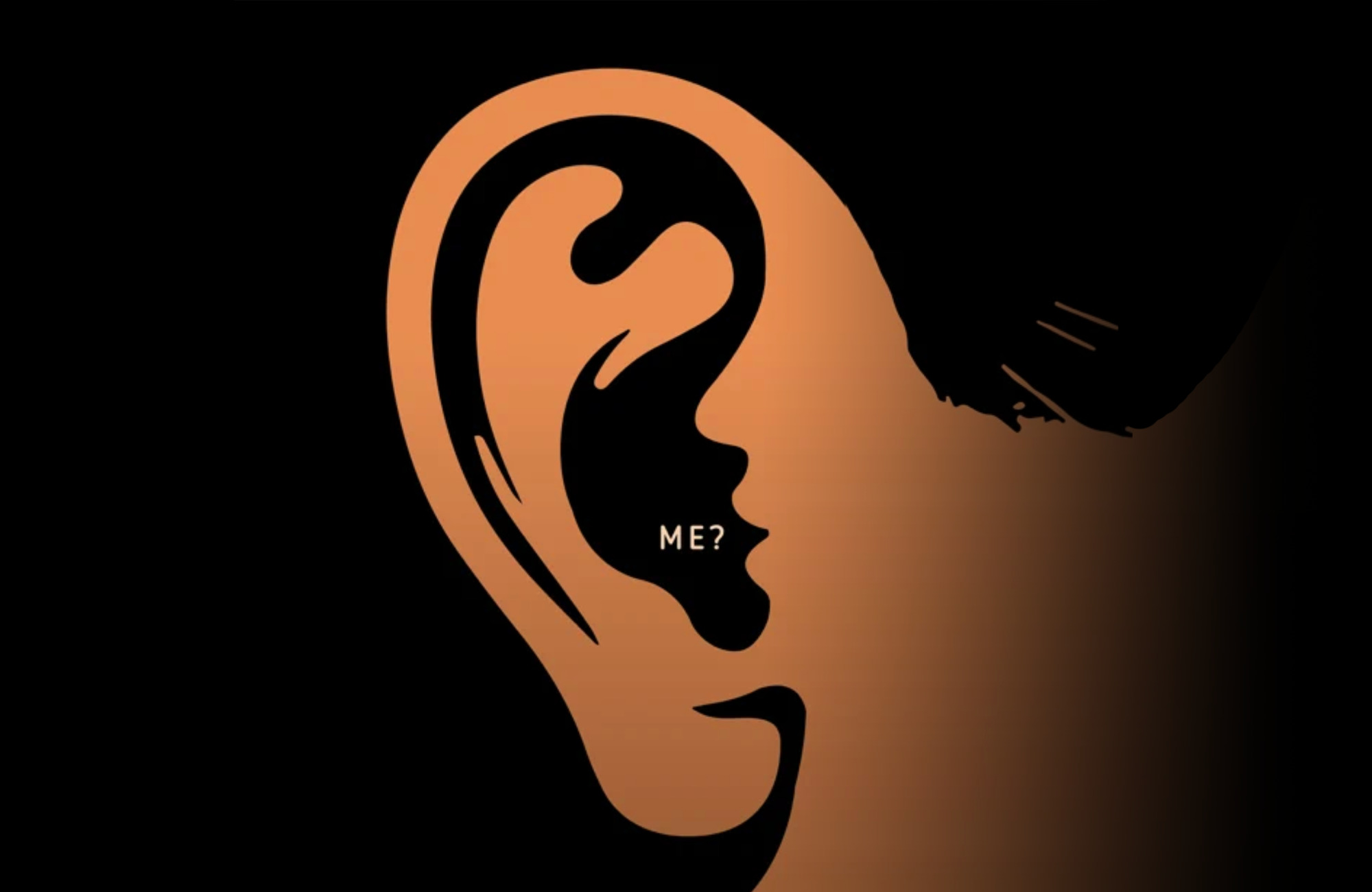
Podcast Interview for The World
2021 – The power and intricacy of the human voie (by Christopher von Roy)
This week we have Dr. Rébecca Kleinberger on the podcast. Rébecca is a Research Fellow at MIT’s Media Lab with a unique insight and expertise in the study, analysis, and understanding of the human voice. Born to two literary professors, Rébecca was raised on a farm in France and her love, connection and absolute dedication to animals is palpable from this discussion. She also has a connection to Aotearoa/New Zealand in that she knows how to shear a sheep and can play rugby. Deep down she is a kiwi at heart! This episode is so entertaining and educational – it’s not to be missed.
Music and Healing – with Patrick Summers – Houston Grand Opera
2021 – Patrick Summers – Houston Grand Opera
Join Artistic and Music Director Patrick Summers for the new season of Music and Healing with guests from MIT’s Media Lab: Pr. Tod Machover and Dr. Rébecca Kleinberger.
Music and Mind Live with Renée Fleming
2020 – The Inner Voice
The live-streamed series featured Renée in conversation with scientists and practitioners working at the intersection of music, neuroscience, and healthcare. Over the course of 19 weekly episodes, experts in fields such as childhood development, healthy aging, pain and anxiety management, and rehabilitation shared their findings, and episodes included live Q&A from viewers. Episodes were streamed on Renee’s Facebook page, as well as the John F. Kennedy Center’s Facebook and YouTube channels.
Talk at Interspecies I/O conference (co-organizer)
2020 – Ethics in Interspecies Vocal Interaction
The Interspecies IO conference and workshop brings together a multidisciplinary group of researchers in the fields of animal cognition and communication, neuroscience, anthropology, AI and computer sciences, philosophers, artists and musicians.
Co-organized with Dr. Vinton G. Cerf, Dr. Neil Gershenfeld, Peter Gabriel, Dr. Diana Reiss
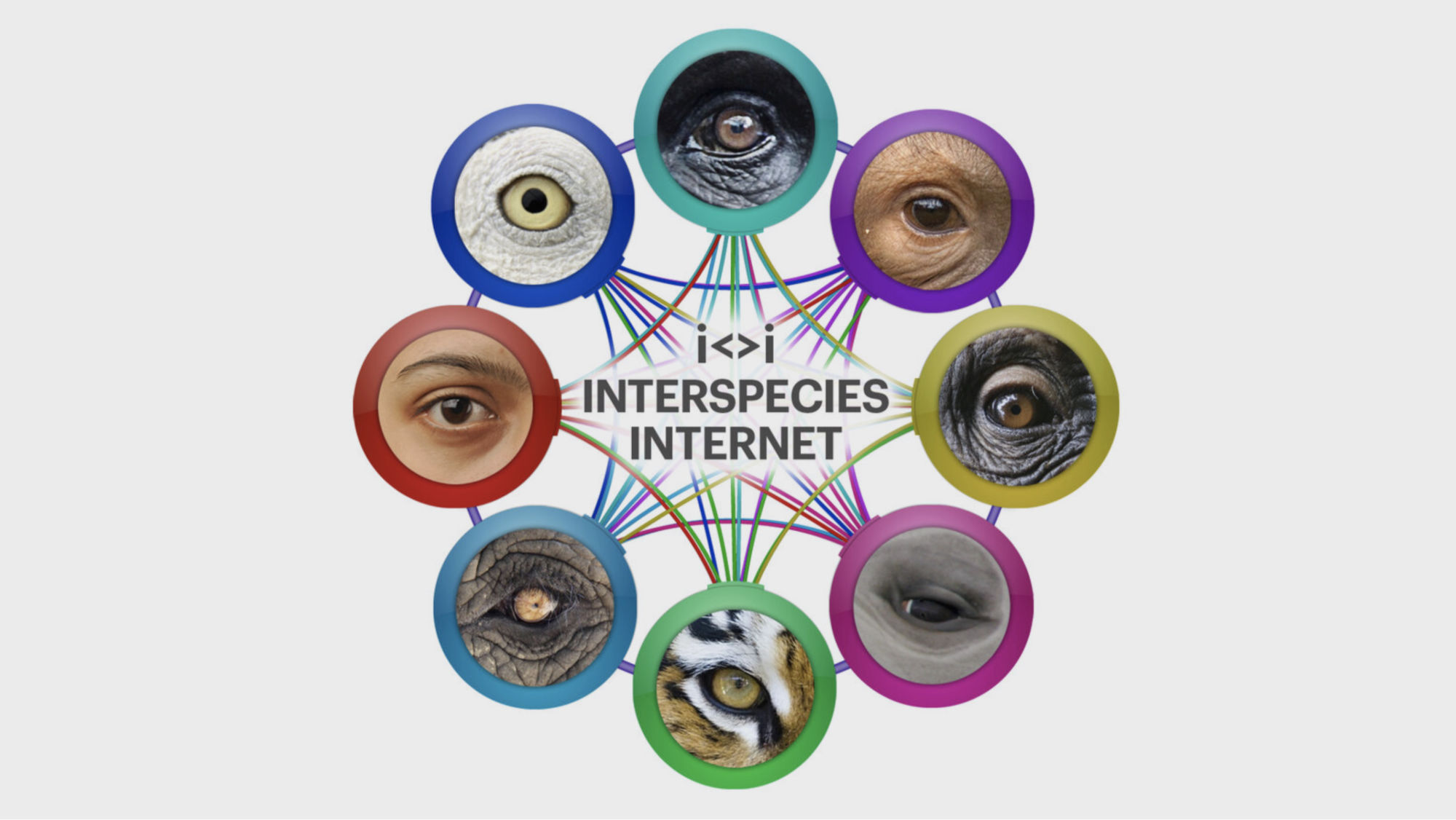
Talk at the OtherAbilities Festival
2019 – Voice and all the senses (Amsterdam, Netherlands)
The OtherAbilities 2019 was a three-day festival including an exhibition, performances, talks and a workshop that aims to challenge the ways the culture disciplines our senses and our relation to reality. By bringing together artists and scientists who create objects and situations enabling people to participate disregarding their physical abilities, we want to signal the possibility for a paradigm shift from disability to otherability. By merging art and technology we are exploring ways of creating cultural events and artifacts from which no body is excluded.
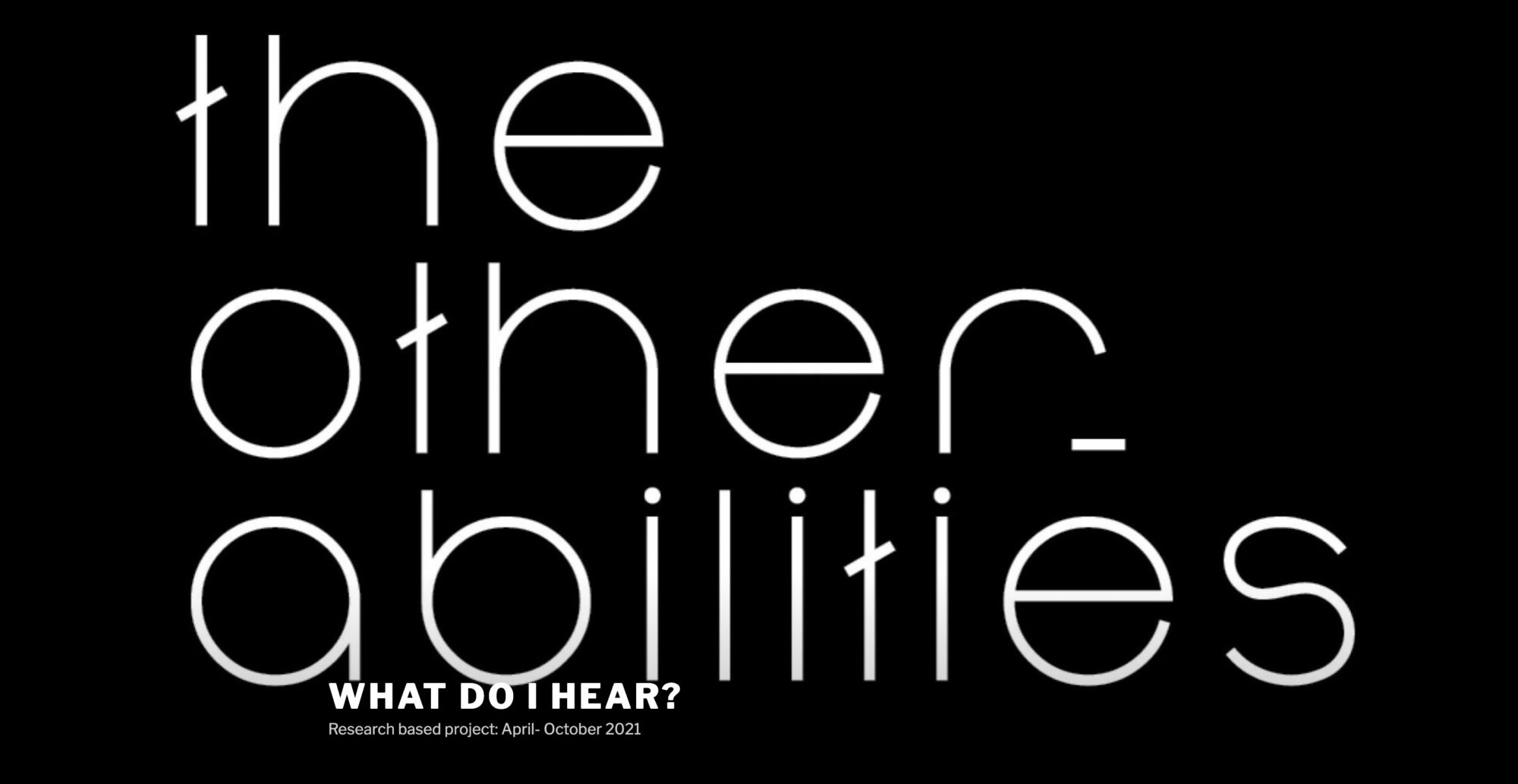
TED.com Talk
2018 – Why don’t we like the sound of our own voice?
TED-featured talk
TEDxBeaconStreet Interview
2018 – Why don’t I like the sound of my own voice?
TEDxBeaconStreet Interview with Rébecca Kleinberger
Engadget Interview
2018 – In pursuit of the perfect AI voice (by Kevin Wong)
How developers are humanizing their virtual personal assistants.
“The virtual personal assistant is romanticized in utopian portrayals of the future from The Jetsons to Star Trek. It’s the cultured, disembodied voice at humanity’s beck and call, eager and willing to do any number of menial tasks.”
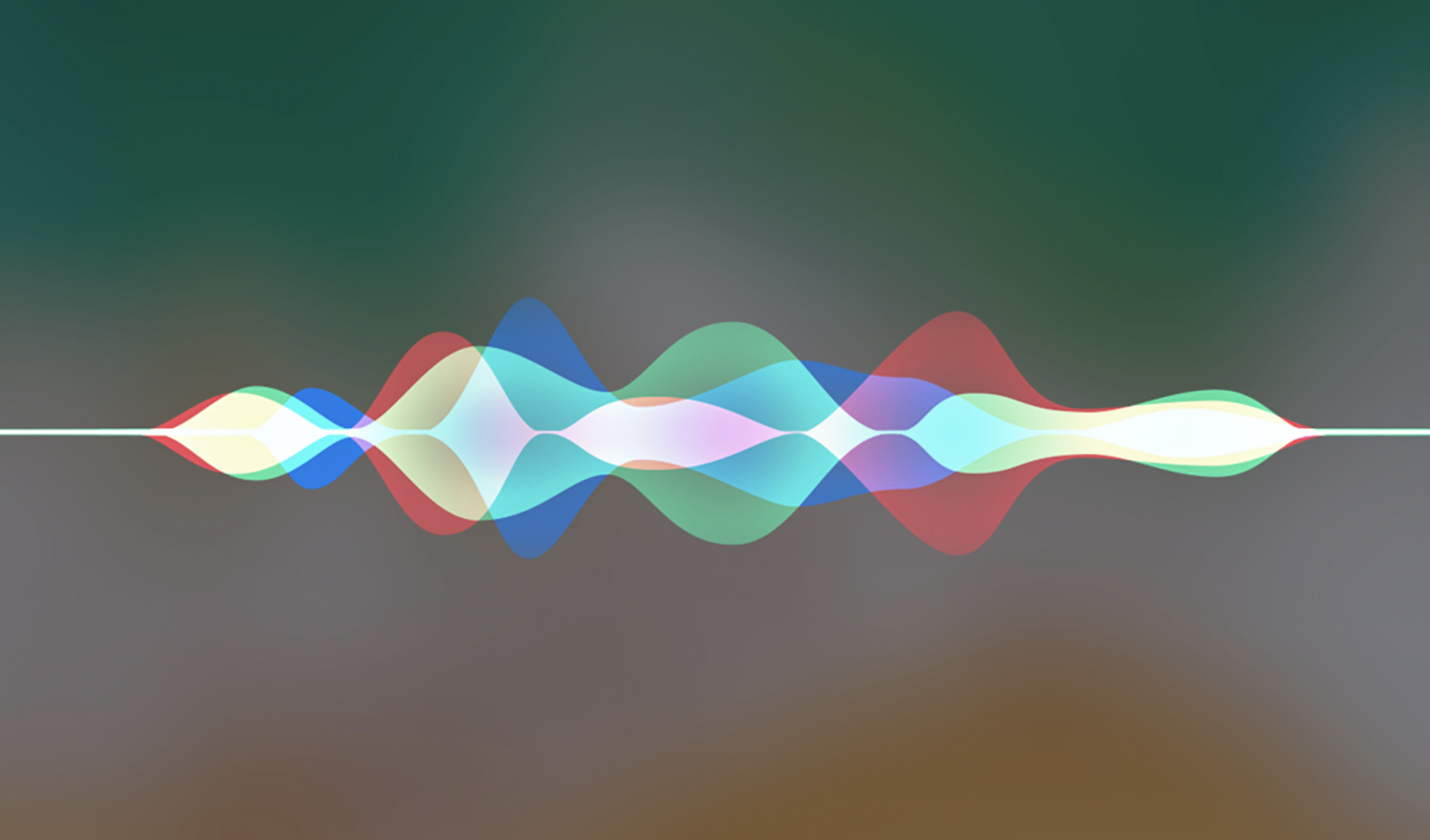
Exhibit of Enchanted Wear at Kulturhuset
2018 – Tangible Embedded and Embodied Interaction, Stockholm, Sweden
This year the theme of the conference is Post-digital Design. In the early days of TEI, a common assumption was that our physical mundane reality could be augmented by sprinkling it with the magic of digital technology. Over the last decade there is less mystery to the realm of digital technologies as the digital have become the mundane, inseparable from our everyday routines.
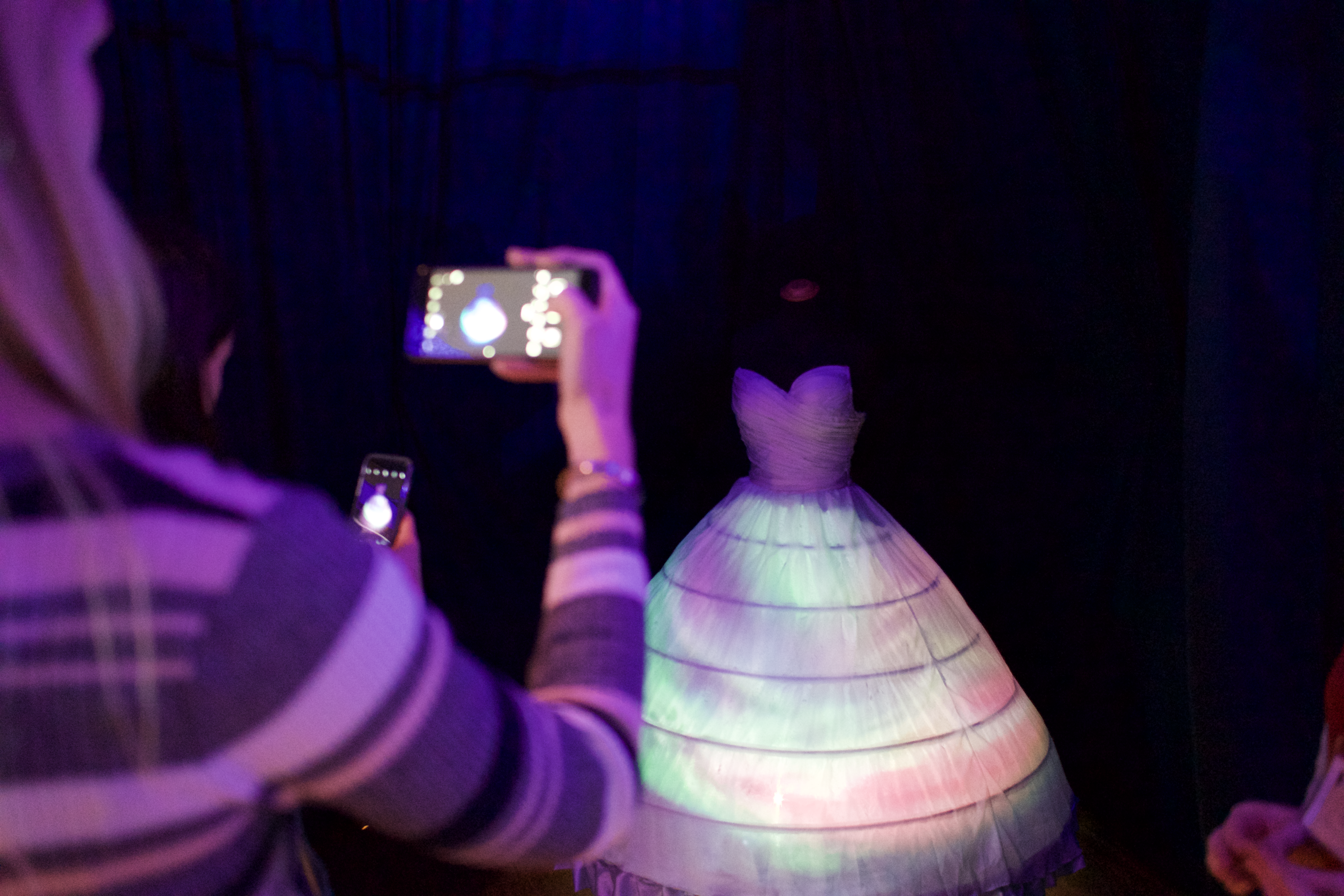
Interview – Media Lab Meet the Labbers
2018 – Interview by Margaret K. Evans, MIT
In our ongoing audio series, Meet the Labbers, we hear people from all roles across the Media Lab talk about what they do and why they do it.
Today, meet Rébecca Kleinberger.
MIT Media Lab – Research Update
2017 – Spring 2017 Member, Ben Bloomberg and Rébecca Kleinberger – Opera of the Future
What is a member event? Twice a year, members companies gather at the Media Lab to view demonstrations of current work, attend research group open houses, and hear from prominent outside speakers. These meetings provide an ideal opportunity to keep up on the latest developments in the Lab, form relationships with faculty and student researchers, and for members to interact with each other.
Exhibition for the Opening of OpenMind:OpenArt Gallery
2017 – Two instances of the Enchanted Wear system, MIT
The OPEN MIND :: OPEN ART project asks:
What does The Future of Mental Health & Wellness look like?
A 2 week-long public gallery with daily hangouts & a celebratory Opening Night Ceremony featuring Artists, Performers, and Hackers that are shaping the Future of “Mental Health & Wellness”
10 MIT Artists were selected to share their thoughts, feelings, and visions through their art. What follows is an experiment in the provocation and willingness to share, through public spaces, and affect the world around us.
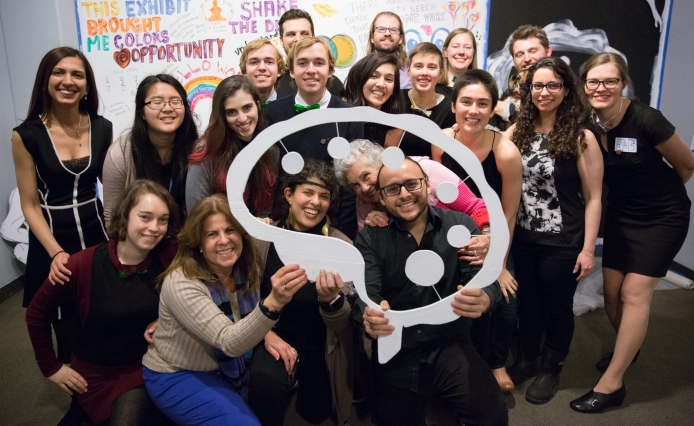
Demo at Hacking Cousnciousness Event
2017 – Self Refleciton and the voice Harvard Divinity School, MA
Consciousness Hacking is a growing community interested in expanding the focus area of local design, science and tech talent to include contemplative frameworks. This event brings together experts in Neuro-Engineering, Meditation, Psychiatry, Self-Reflection Technology and more. Speakers include Dr. Jeffrey Rediger, Dr. Andreas Mershin, Baruti KMT-Sisouvong, and Chris Berlin
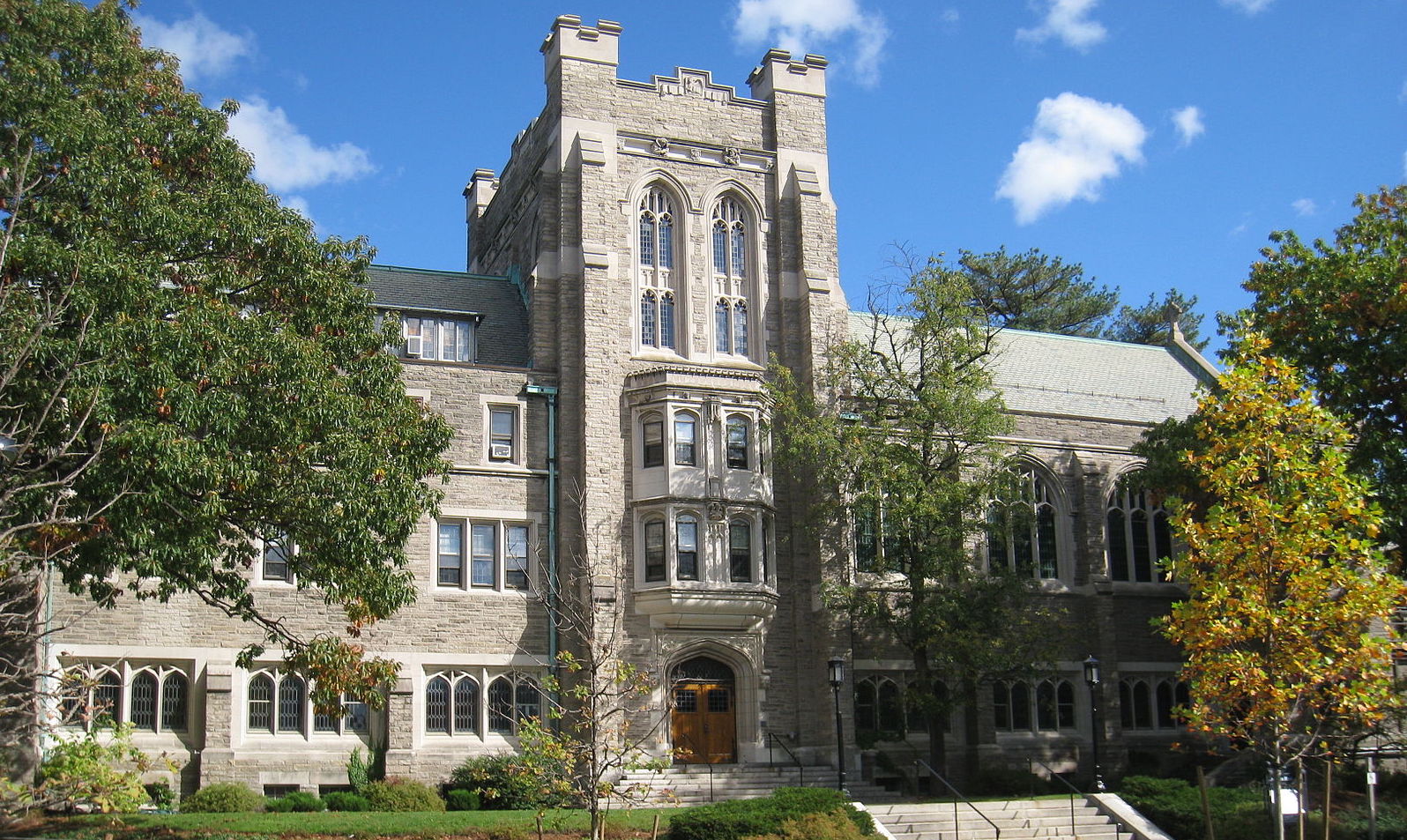
Series of Workshop in Tokyo
2017 – Toyota, DENSO, Panasonic, Dentsu, Tokyo, Japan
Very dense series of one day consulting sessions diving deep into the challenges and visions of the Japanese companies member of the Media Lab. Enriching cultural exchanges and valuable brainstorm with engineers, managers and visionaries to think about the future.
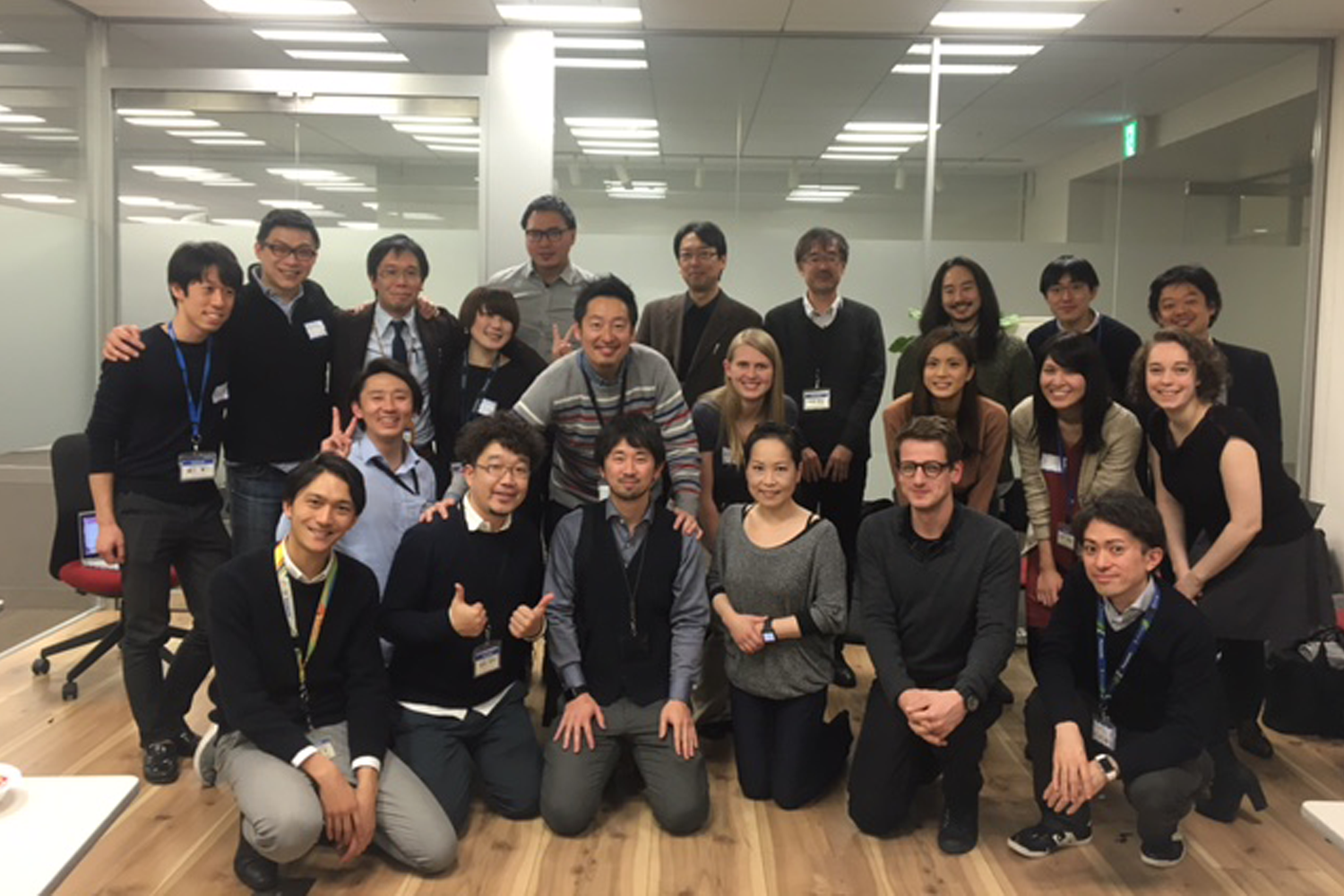
Talk at Colorado College
2017 -Talk on Animal and Music, Colorado Springs, CO
As part of Akito van Troyer’s Experimental Music class at Colorado College. The talked covered both the role played by animal sounds in the origins of music and the human use of animals in experimental music.
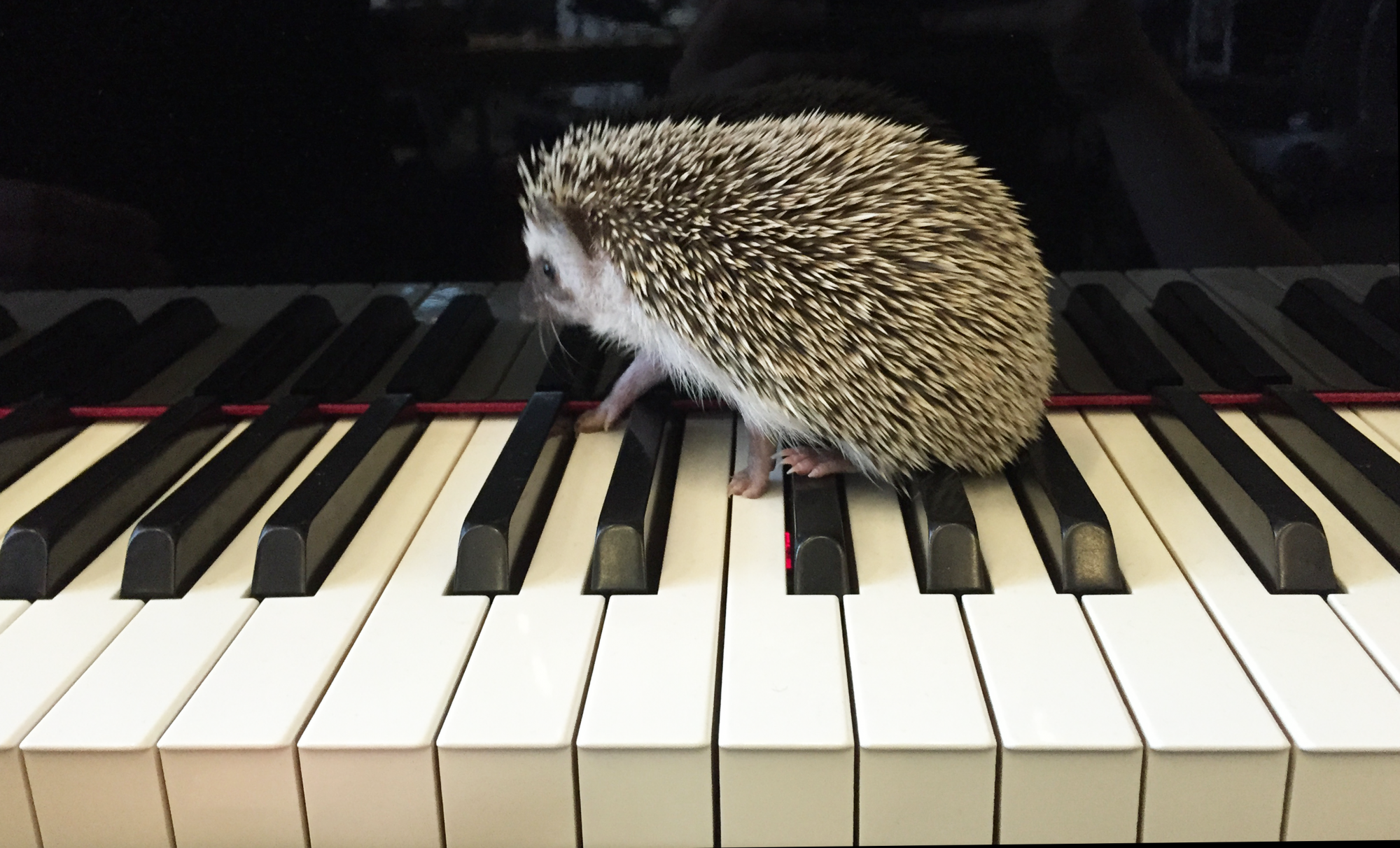
Talk at the MIT Museum
2016 – Girl’s day series, Robotics and life choices, MIT Museum Cambridge, MA
For MIT Girl’s day, the MIT museum asks the question: What do scientists look like? Researchers celebrate women in environmental sciences and engineering.
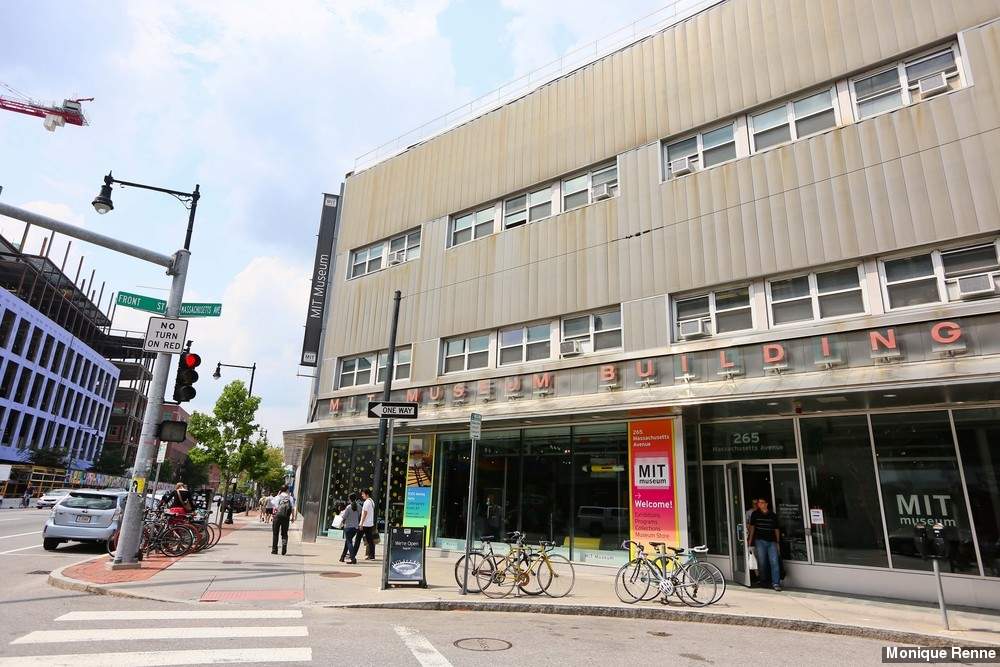
Talk at the EMF camp
2016 – Inside the MIT Media Lab, Loseley Park, UK
Inside the MIT Media Lab, the story behind the photo: In 2013 a small group of student from the Lab were asked to help with the design of a front cover of the FT magazine, the idea was to represent all the facets of the Lab through physical objects. We decided to try our best to represent the all community and during two weeks we explored the Lab meeting new people, discovering their projects and scavenging for physical artifacts. We ended up spelling the title of the article out of physical objects including a DIY air liquifier, the internal mechanism of a robotic underwater anemone, LEGO blocks, a robotic prosthesis, a hyperviolin, a gyroscopically stabilized electric unicycle or a Mobile Social Dextrous robot. Through this story I want to present the Media Lab from my own experience of working there but also explore the notion of the cohesion of such a place behind the happy chaos of a pluri-disciplinar and pluri-cultural community.
Workshop at EMF camp
2016 – Egg Carving Workshop at the Eletromagnetic Field Camp, Loseley Park, UK
Fro 7 to 77 years old, participants were invited to carve their own eggshells.
We described and demonstrated the different phases of the process: learning about the structure, physics and biology of eggshells, choosing the eggs, blowing and cleaning the eggs, preparing the design, choosing the tools, carving, finishing.
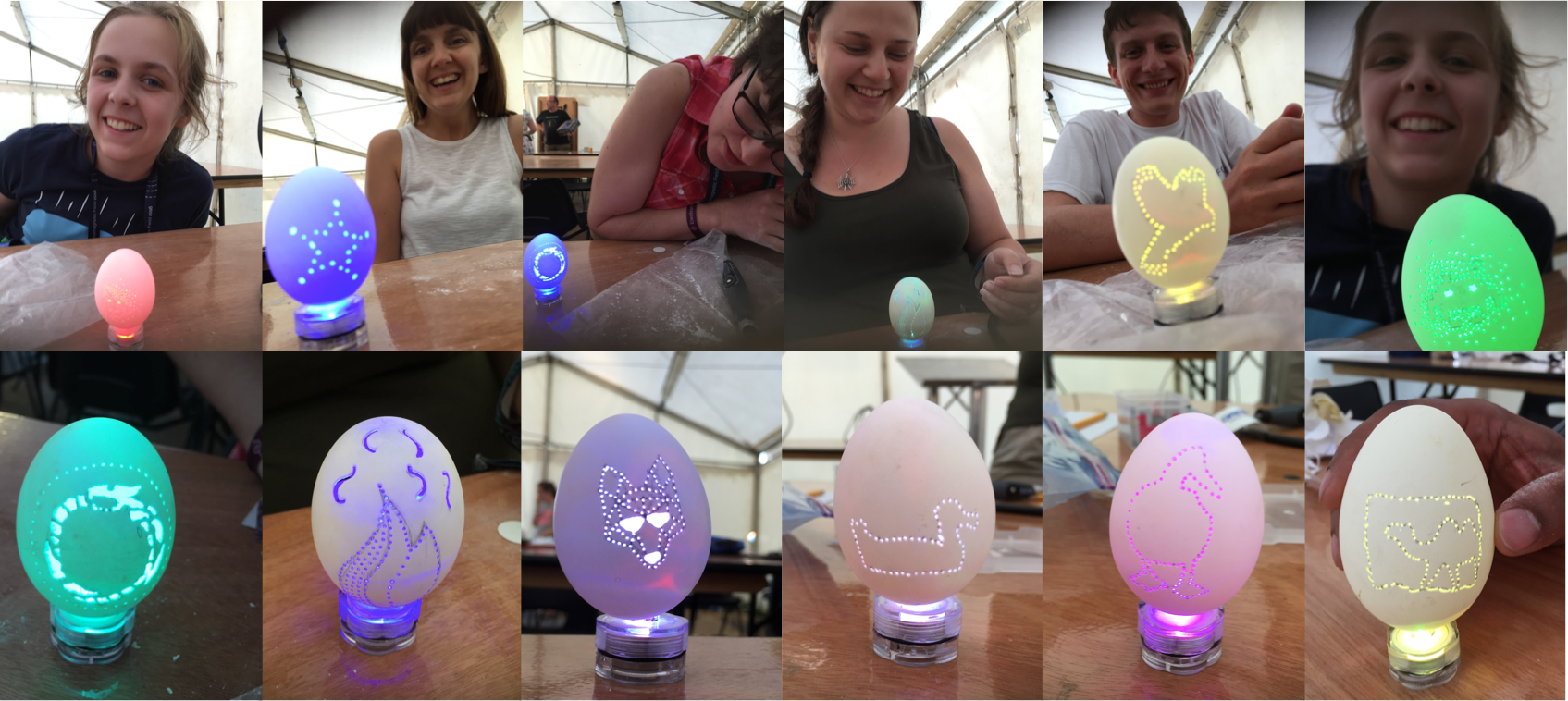
Exhibition at SIGGRAPH Art Gallery
2015 – Dandelion Diptych, Los Angeles Convention Center, CA
Dandelion Diptych is a collaborators with Jie Qi and Nicole Teeny using Jie’s circuit stickers into an interactive artpiece
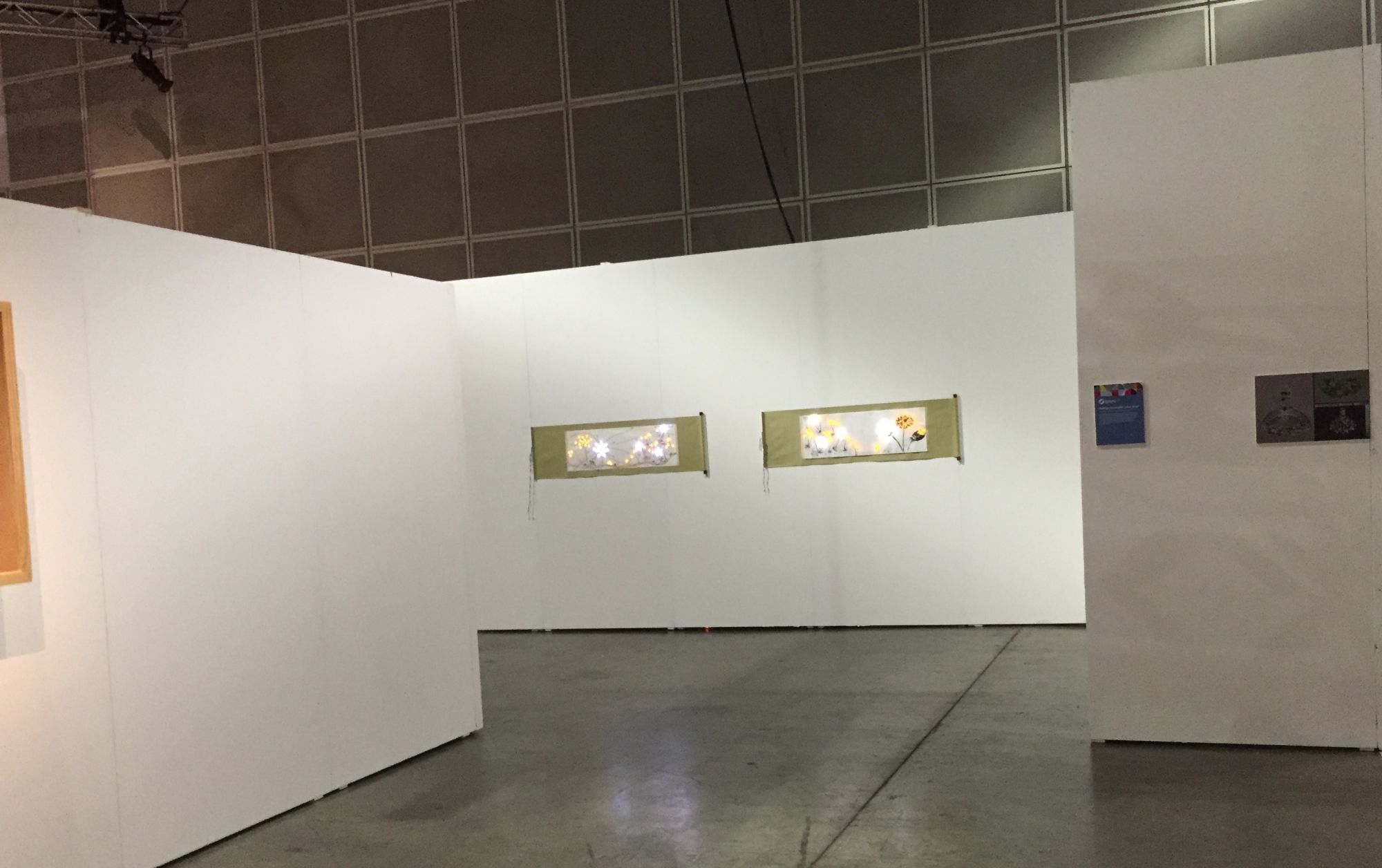
Whorkshop at the White House
2015 – “Take Our Daughters and Sons to Work Day”, White House, Washington, DC
At the end of April, an estimated 3.5 million employers opened their doors to kids in their communities for “Take Our Daughters and Sons to Work Day.” This year, President Obama encouraged employers to expand their programs to youth who are typically unable to participate. The White House, OSTP, NASA, and other Federal agencies joined groups like Girl Scouts of the USA and the Microsoft Corporation in taking the President’s message to heart, hosting activities at their workplaces designed to get youth interested in and excited about STEM careers.
At the circuit station, kids worked with OSTP staff to create custom electronic cards. After getting a quick crash course on circuitry, the kids were able to use paper, copper stickers, a small battery, and a tiny LED light to build an interactive card that they could personalize.
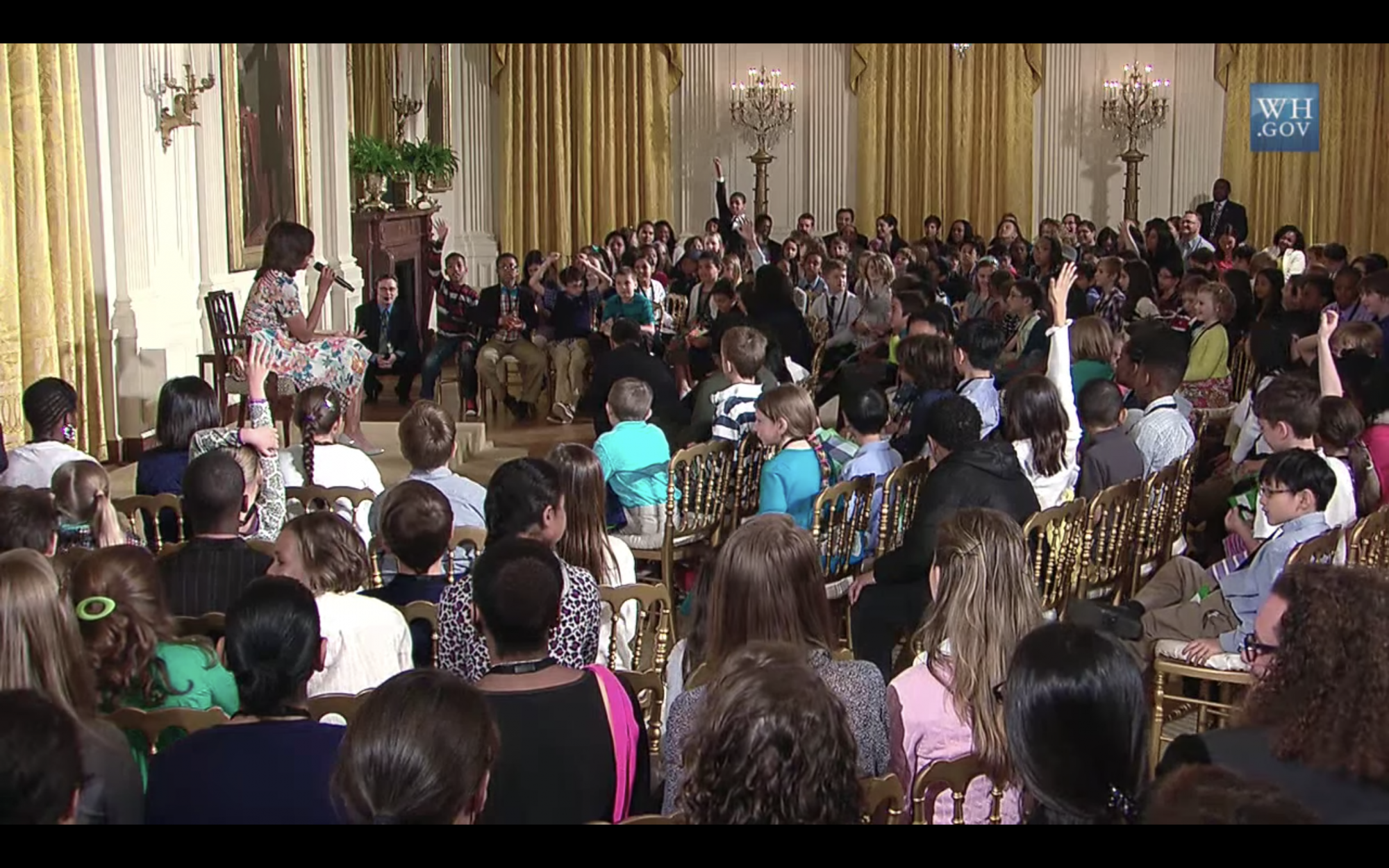
Presentation at the Acera Innovator Symposium
2015 – ”Changing minds: a craft of perception?” Acera School in 5 Lowell Ave, Winchester
At this free community event, we bring scientists, engineers, entrepreneurs, thinkers and tinkerers — and all kinds of innovative minds together to share their work with people interested in STEAM subjects (science, technology, engineering, arts, math). This gathering is part of our efforts to break down the walls between science and the general public, and inspire the next generation of leaders and innovators. More than 300 people of all ages joined us for our symposium last fall
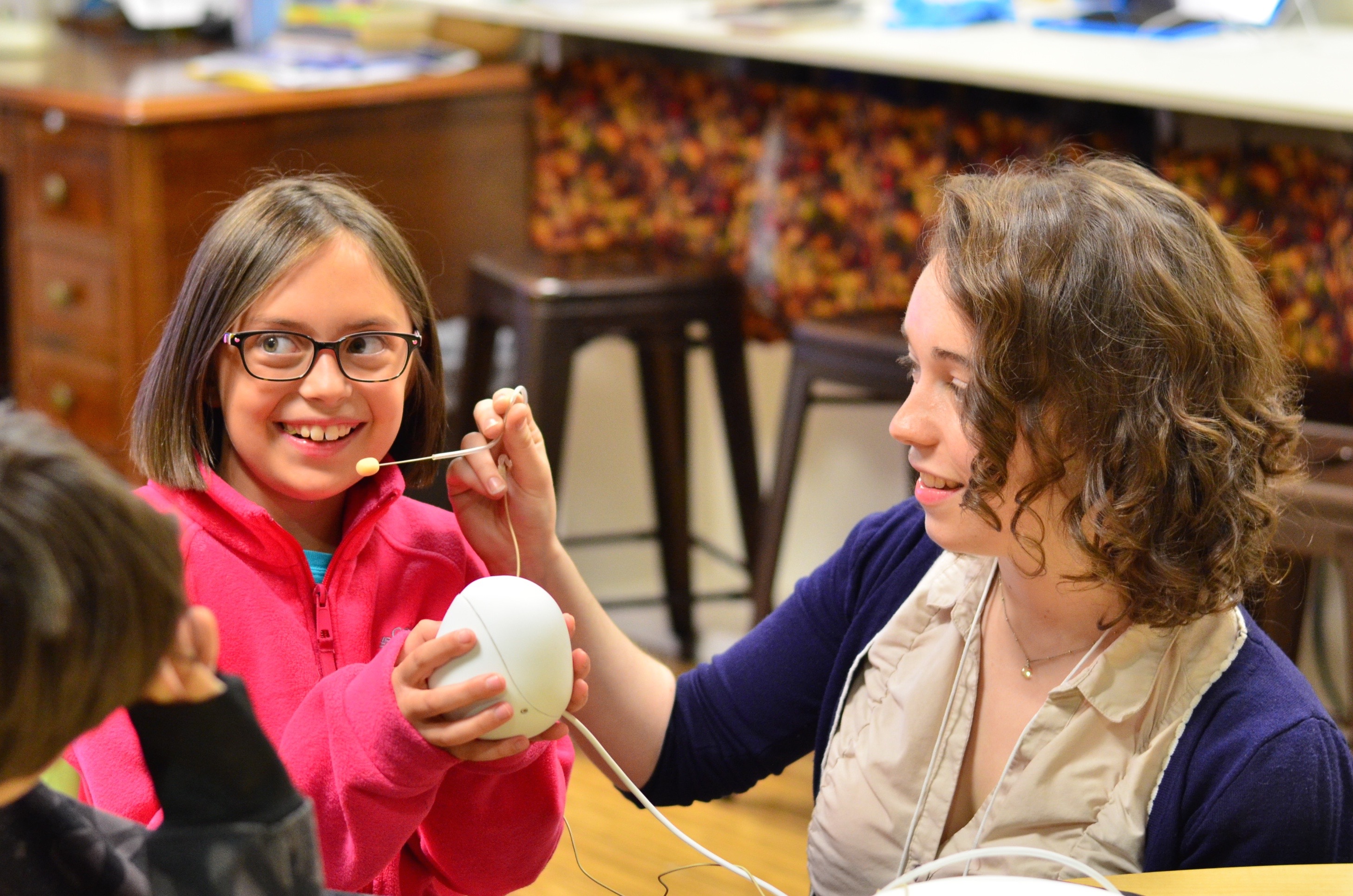
Talk at the MIT Museum
2015 – Second Fridays Series ”Good Vibrations: From Music To Medicine” MIT Museum Cambridge, MA
Sound waves have brought musical pleasure to humans since the beginning of history and now, scientists are using sound waves for medical research and treatment. Learn about innovative uses of sound waves in medicine from experts in the fields of ultrasound imaging, vocal vibration therapy, cancer detection, and music therapy. And, explore these methods yourself!
Vocal Vibrations exhibition in Cambridge
2015 – Multisensory exhibition at Le Laboratoire Cambridge, MA, USA
Second iteration of the Vocal Vibration exhibition. Vocal Vibrations explores the relationships between human physiology and the resonant vibrations of the voice. The voice is an instrument everyone possesses. It is incredibly individual, infinitely expressive, and intimately linked to the physical form. In collaboration with Le Laboratoire in Paris and The Dalai Lama Center at MIT, we are examining the hypothesis that the singing voice can influence mental and physical health through physicochemical phenomena and in ways consistent with contemplative practices. We are developing a series of multimedia experiences, from solo “meditations” to group “singing circles,” that explore possible emotional, cognitive, and physical transformations, all in an enveloping context of immersive music.
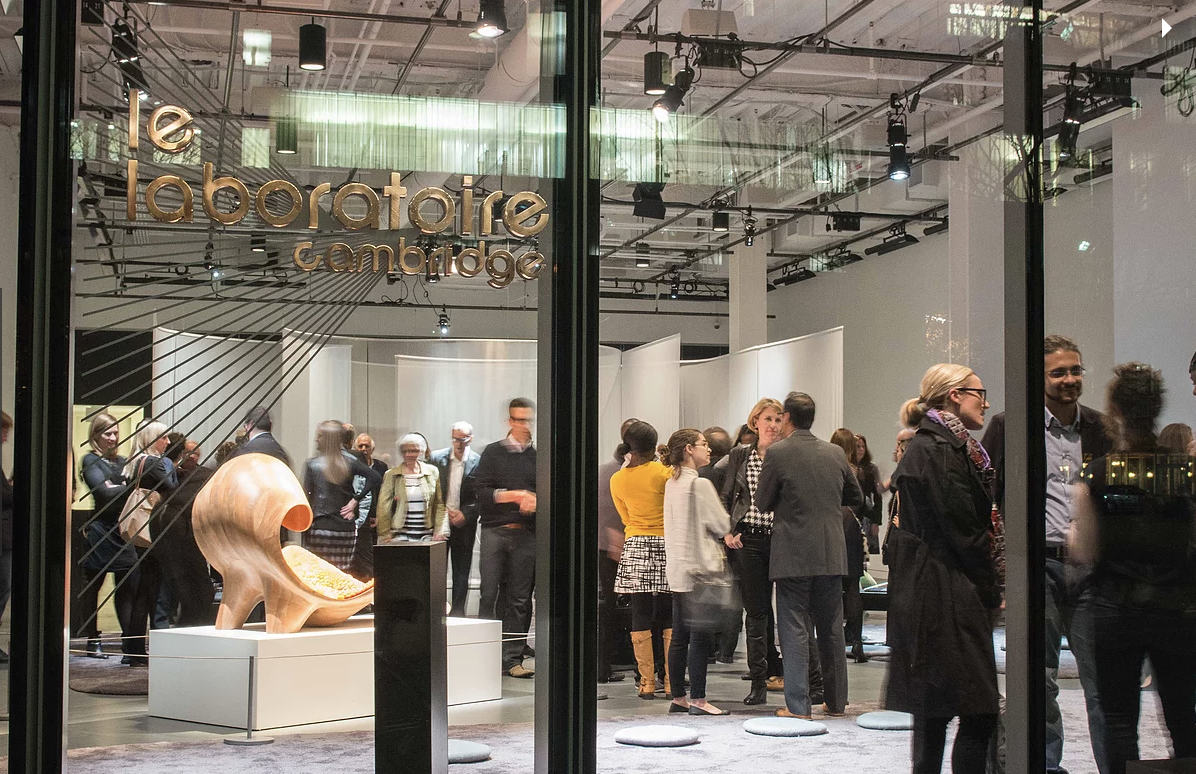
Vocal Vibrations Exhibition in Paris
2014 – Multisensory exhibition at Le Laboratoire Paris, France
Vocal Vibrations explores the relationships between human physiology and the resonant vibrations of the voice. The voice is an instrument everyone possesses. It is incredibly individual, infinitely expressive, and intimately linked to the physical form. In collaboration with Le Laboratoire in Paris and The Dalai Lama Center at MIT, we are examining the hypothesis that the singing voice can influence mental and physical health through physicochemical phenomena and in ways consistent with contemplative practices. We are developing a series of multimedia experiences, from solo “meditations” to group “singing circles,” that explore possible emotional, cognitive, and physical transformations, all in an enveloping context of immersive music.

Workshop at the Royal Opera House
2012 – Personal Opera: graphical music composition and personal expression with the Elderly, Royal Opera House, London, UK
Personal Opera is a radically innovative creative environment that enables anyone to create musical masterpieces sharing one’s deepest thoughts, feelings, and memories. Based on our design of, and experience with, such projects as Hyperscore and the Brain Opera, we are developing a totally new environment to allow the incorporation of personal stories, images, and both original and well-loved music and sounds. Personal Opera builds on our guiding principle that active music creation yields far more powerful benefits than passive listening. Using music as the through-line for assembling and conveying our own individual legacies, Personal Opera represents a new form of expressive archiving; easy to use and powerful to experience. In partnership with the Royal Opera House in London, we have begun conducting Personal Opera workshops specifically targeting seniors to help them tell their own meaningful stories through music, text, visuals, and acting.
